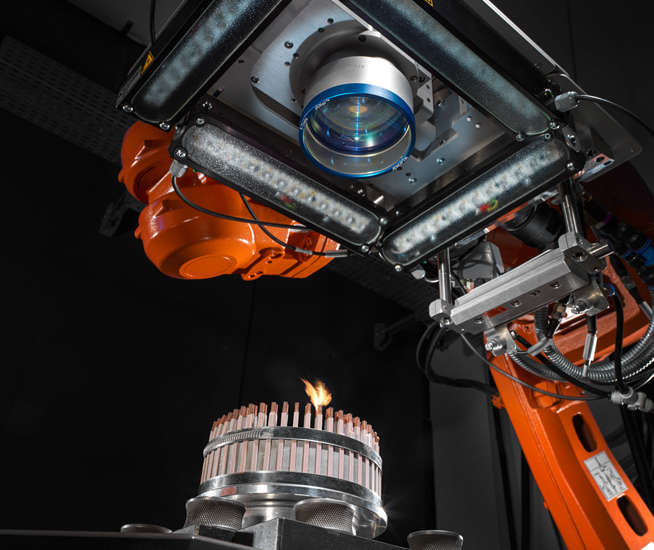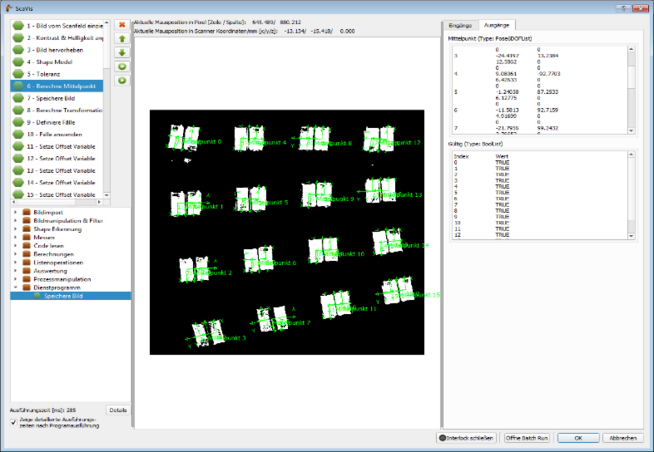Laser Welding of Power Electronics
Electrical vehicles include inverters and motors to convert the electrical energy into motion. All current carrying components must have large cross sections and a low resistivity since high currents must be transported. In addition to aluminum, copper is the material that is used most for this purpose.
The current carrying parts must be firmly bonded to each other. The laser welding established itself as the ideal joining process for this purpose.Copper based parts of the power electronics and the stator can be joined quickly, precisely and flexibly.
Laser Welding of Hairpins
The stator of state-of-the-art electrical vehicles includes bent copper bars (so-called hairpins), which – with the help of a current – generate a magnetic field. These copper bars must be exactly connected at the front using a precise welding process. The upstream component position identification plays a major role in this process. The laser can be focused exactly on the parts only after the precise identification of the hairpin position. The result of the welding is a firmly bonded, flawless connection of the hairpin wires.
The RSU User Software provides the entire functionality to parameterize and execute the hairpin welding process quickly and safely. The following features are highlighted:
- 3D presentation of the welding task
- Process oriented ScaVis parameterizing (component position recording)
- Transmission of the welded hairpin geometries to the PLC
- Real time interaction of the user for the optimal manual setting of the welding seam
- Complete availability of the component photo for the user
Typical System Configuration
- intelliSCAN FT scanner
- ScaVis camera system
- SCU-3 scanner controller
- RSU User Software

